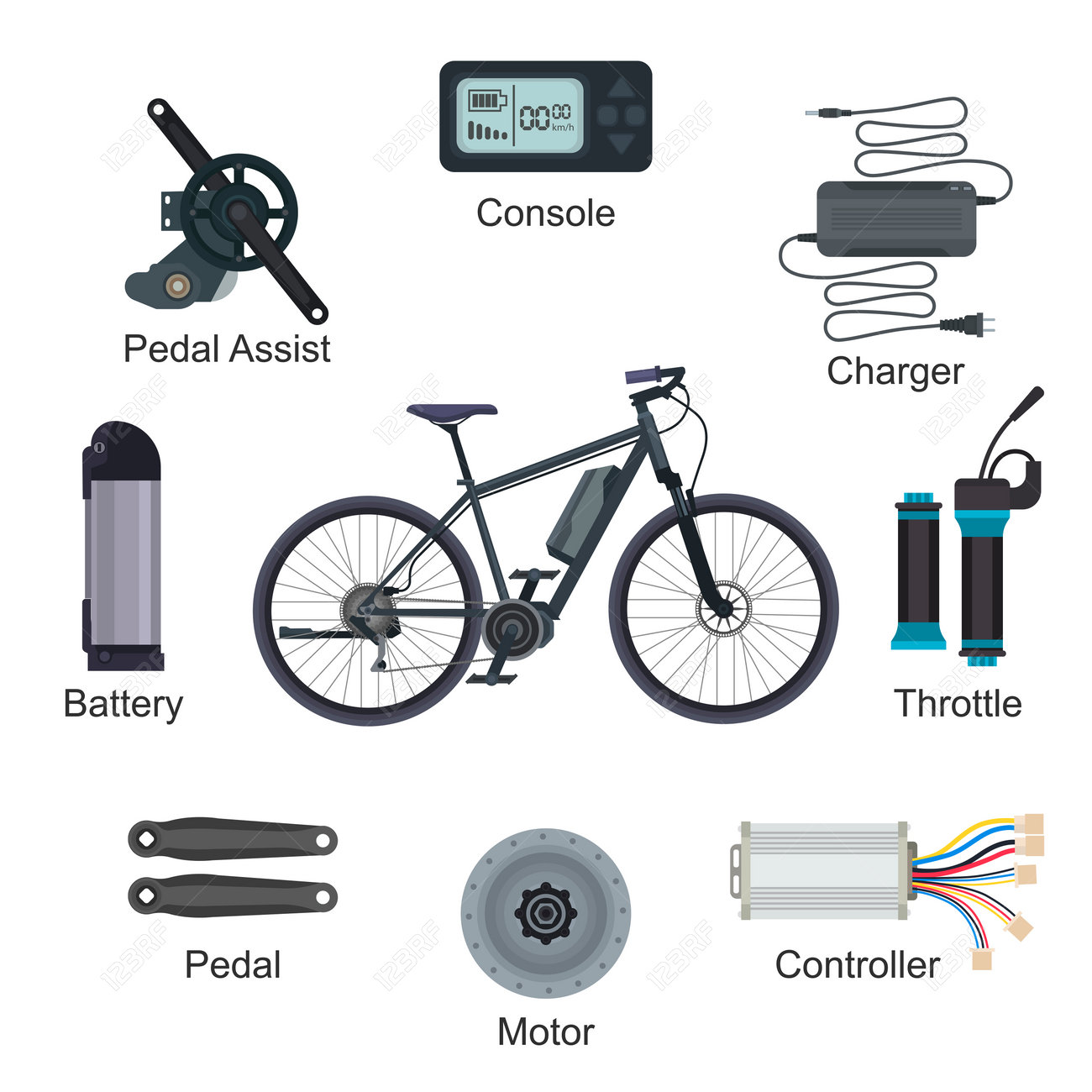Recognizing E-Bike : A Novice'S Manual For Your City
Recognizing E-Bike : A Novice'S Manual For Your City
Blog Article
https://sites.google.com/view/zugobike/ Created By-Perkins Willumsen
Prior to you get on your e-bike and struck the streets, it's important to understand the regulations and laws that regulate your city. From rate limits to designated riding areas, there's a great deal to consider to ensure you're certified and safe. By acquainting yourself with the policies details to e-bikes, you'll be much better furnished to appreciate your adventures with no unforeseen legal problems. Keep tuned to uncover vital insights that will help you navigate the e-bike landscape in your city perfectly.
Recognizing E-Bike Category
When it involves navigating the world of e-bike regulations and laws, a critical starting point is recognizing the category system that classifies these electric bikes. E-bikes are commonly categorized into three major groups: Class 1, Course 2, and Class 3.
Course 1 e-bikes are pedal-assist just, indicating they supply support while the motorcyclist is pedaling and have a maximum speed of 20 miles per hour. These bikes are allowed in locations where standard bikes are allowed.
Class 2 e-bikes are outfitted with a throttle that can move the bike without pedaling. They likewise have a maximum speed of 20 miles per hour and appropriate for riders who may require support without pedaling constantly.
Course 3 e-bikes resemble Class 1 but with a greater maximum speed of 28 miles per hour. These bikes are commonly restricted from certain bike paths or routes due to their greater speeds.
Understanding these classifications is important for following neighborhood regulations and guaranteeing a safe and satisfying e-biking experience.
Browsing Speed Restrictions and Limitations
To efficiently browse e-bike laws and laws, it's vital to recognize the speed restrictions and limitations that put on different courses of electrical bikes.
recommended you read for e-bikes differ relying on the classification of the bike. Class 1 e-bikes, which are pedal-assist only and have a maximum speed of 20 mph, are generally enabled on bike lanes and courses.
Course 2 e-bikes, which have a throttle in addition to pedal-assist and also get to rates of approximately 20 mph, may be restricted in particular locations where motorized vehicles aren't allowed.
Class 3 e-bikes, with pedal-assist up to 28 mph, are typically needed to follow the exact same policies as standard bikes.
It is necessary to stick to these rate limitations and constraints to ensure your safety and the security of others on the road. Before riding your e-bike, acquaint yourself with the details laws in your city to stay clear of any type of prospective fines or legal problems.
Where to Trip Your E-Bike
To determine where you can ride your e-bike, it's vital to know the regulations and standards details to your location. In the majority of areas, e-bikes are normally permitted on roads and roads where conventional bicycles are allowed. This may include bike lanes, bike paths, and shared roadways. Nonetheless, it's critical to check neighborhood laws as some cities might have specific constraints on where e-bikes can be ridden.
When riding your e-bike, always focus on safety and security by complying with website traffic policies and respecting pedestrian sidewalks. Additionally, be mindful of any type of assigned bike lanes or paths in your area and utilize them whenever feasible to make certain a smoother and more secure trip.
Some cities also have guidelines pertaining to e-bike usage on pathways, so make certain to acquaint yourself with these guidelines to stay clear of any kind of fines or fines.
Verdict
Since you're familiar with the laws and guidelines bordering e-bikes in your city, you can confidently hit the road recognizing where you can ride and what constraints relate to your e-bike classification. Remember to constantly prioritize safety and security and comply with the guidelines to guarantee a smooth and lawful ride. Satisfied riding!
